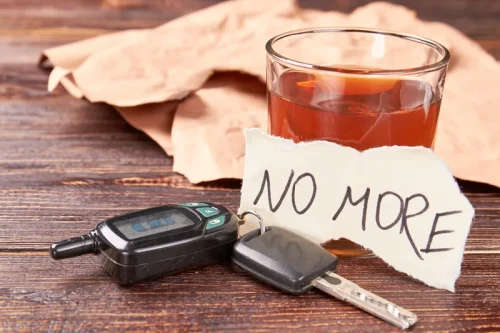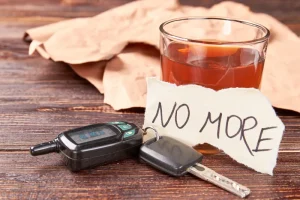
As important as preparing your drugs as cleanly as possible is injecting them as safely and as carefully as possible. Ophelia-affiliated physician group practices are independently owned and operated by licensed physicians who provide services utilizing the Ophelia telehealth platform. Chronic venous insufficiency (CVI) is a condition that is not exclusively tied to IV drug use. Be sure to carefully clean the injection site prior to injecting (see ‘Mainlining’ section above for more detail).
Risk of Overdose

Several things can arise due to repeated substance abuse, such as heart problems, respiratory issues, liver and kidney problems, seizures, collapsed veins, insomnia, fatigue and a compromised immune system, among others. A study by the University of California San Francisco (UCSF) indicates that up to sixty per cent of cases of hepatitis C in the United States may be brought on by intravenous drug use. Intravenous drug use is a risk factor for many physical health complications, beyond just vascular damage and venous disease.
The Health Dangers of IV Drug Use

Endocarditis can damage the heart and cause dangerous medical complications to occur. This infection typically develops when germs or bacteria enter the body and travel through the bloodstream to the heart. Those with damaged or artificial heart valves may be at a higher risk of developing endocarditis.
What Types of Drugs Are Used Intravenously?
On average, approximately 80% of people do not exhibit any symptoms of hepatitis. Septic arthritis is a joint infection that typically occurs when an infection travels through the bloodstream to a joint. In addition to the bloodstream, septic arthritis can develop from a penetrating injury that causes germs to enter the joint from a puncture directly. For those who misuse IV drugs, Staphylococcus aureus is the most common infectious agent that results in septic arthritis. If bacteria reach the blood vessels, it can result in a severe vascular infection.
Chronic venous insufficiency is a common consequence of intravenous drug abuse, which may require treatment through a drug rehab program to overcome. According to the Journal of Clinical & Experimental Dermatology Research, users sometimes heat their needles just prior to injection. This leaves a dark, sooty residue at the injection site, referred to as a “sooting tattoo.” The article asserts that some people will actually get an inked tattoo to cover this up. This practice is used to hide the damage from injection sites in general. Access to prevention services is essential for all persons who inject drugs, who are at greater risk for Viral Hepatitis, HIV, and other infections. Many of the substances that require intramuscular injection come pre-prepared in liquid form.

How to Reduce the Risk of Infections from Injection Drug Use
Skin-poppers should follow all of the infection control and other safety precautions that intravenous and intramuscular injectors should follow. Also, skin-poppers are at greatly increased risk for abscesses, especially if injecting crushed pills or another solution with particles in it. When skin-popping, it is critical to use only a solution that is as particle-free as possible.
Vertava Health Locations

Skin ulcers are a common complication that can occur for iv drug use those who misuse intravenous drugs. A skin ulcer is an open sore that generally occurs due to poor blood flow. Proper circulation is necessary to the body’s ability to heal a wound, such as an injection wound. Without adequate blood flow, the injury is unable to heal properly and can turn into an ulcer.
Intravenous therapy (abbreviated as IV therapy) is a medical technique that administers fluids, medications and nutrients directly into a person’s vein. The intravenous route of administration is commonly used for rehydration or to provide nutrients for those who cannot, or will not—due to reduced mental states or otherwise—consume food or water by mouth. It may also be used to administer medications or other medical therapy such as blood products or electrolytes to correct electrolyte imbalances. Attempts at providing intravenous therapy have been recorded as early as the 1400s, but the practice did not become widespread until the 1900s after the development of techniques for safe, effective use. Transitioning from inpatient to outpatient treatment for infectious endocarditis may be complicated by concerns about discharging PWID with intravenous access for completion of parenteral antibiotic treatment. Short-course intravenous or oral antibiotic regimens may be considered in some uncomplicated cases.69 Persons with severe valvular regurgitation from infectious endocarditis should be referred for valve replacement.

Preventive Care Recommendations
If cellulitis is left untreated, it can cause serious complications and health problems. A potential overdose needs to be addressed and treated immediately by a medical professional. The severity of a drug overdose will depend on the type and quantity of the https://ecosoberhouse.com/ drug taken.
- The intravenous route is the fastest way to deliver medications and fluid replacement throughout the body as they are introduced directly into the circulatory system and thus quickly distributed.
- Other PWID inject only a few times a day; they may wait until withdrawal symptoms have just begun, so that the surge from the drug is more dramatic, and contrast between withdrawal and high are more distinct.
- Once you think you’re in a vein, pull the plunger back to see if blood comes into the syringe.
- This will result in a less painful injection and may prevent the soreness you usually feel the following day or two.
- While there are many bacteria and even fungi that can cause cellulitis, most cases result from group A Streptococcal bacteria.
- Massaging the area lightly for a few minutes will help the drug absorb and reduce the pain.
If you have an open wound from an IV injection or IV drug use, bacteria may enter and cause tetanus to develop. Severe tetanus can result in opisthotonos, or arching of the back caused by general muscle spasms. Those with HIV may not develop symptoms immediately or assume they may just have a Halfway house cold or flu.
